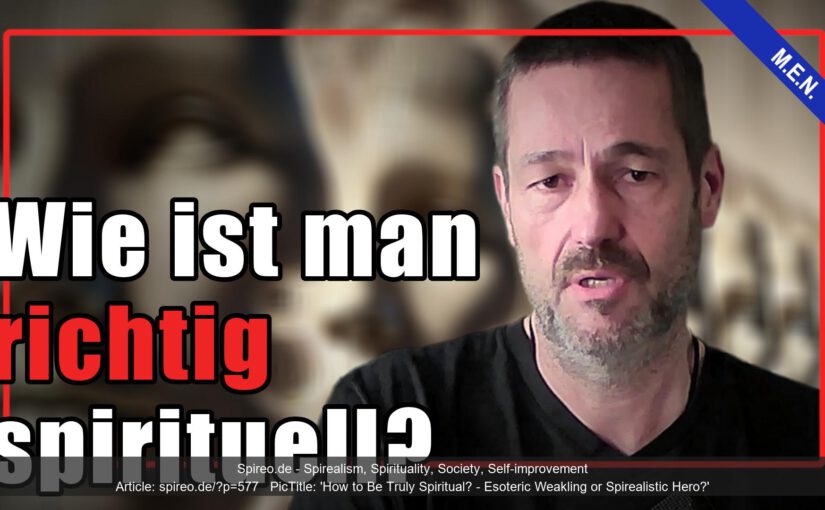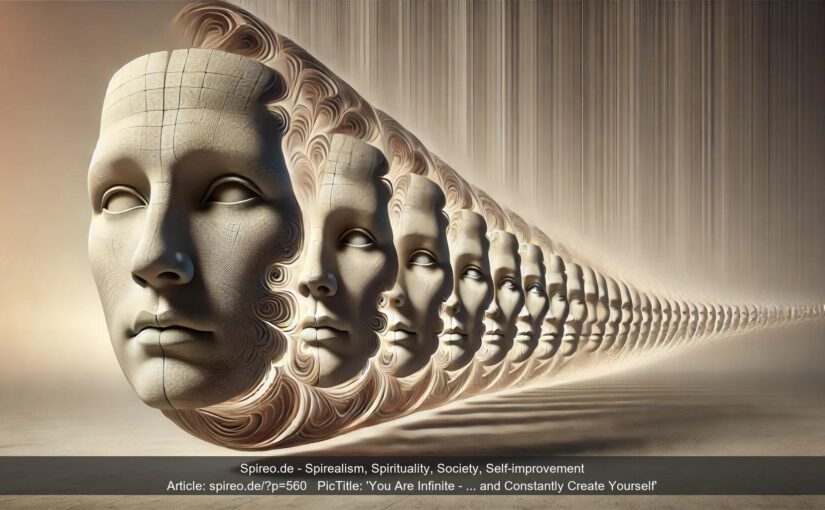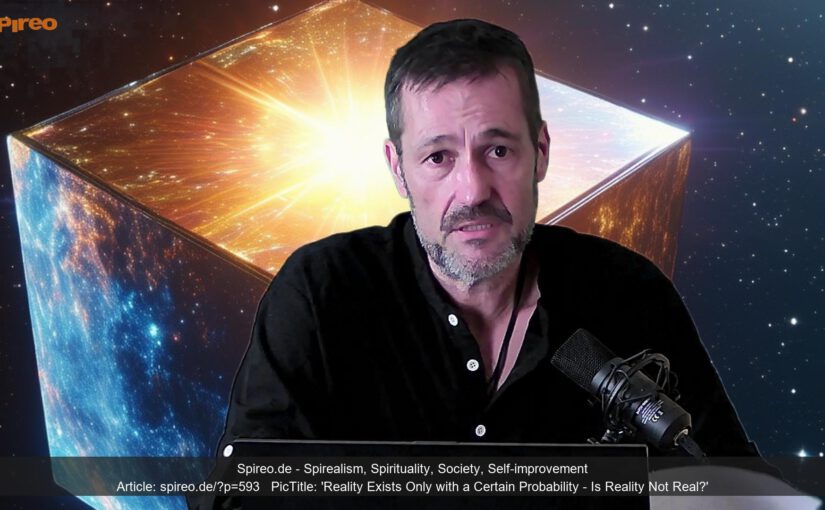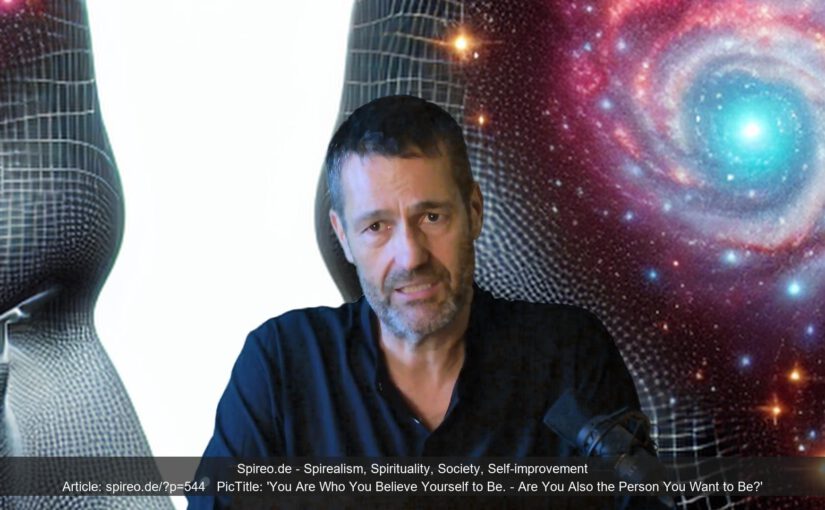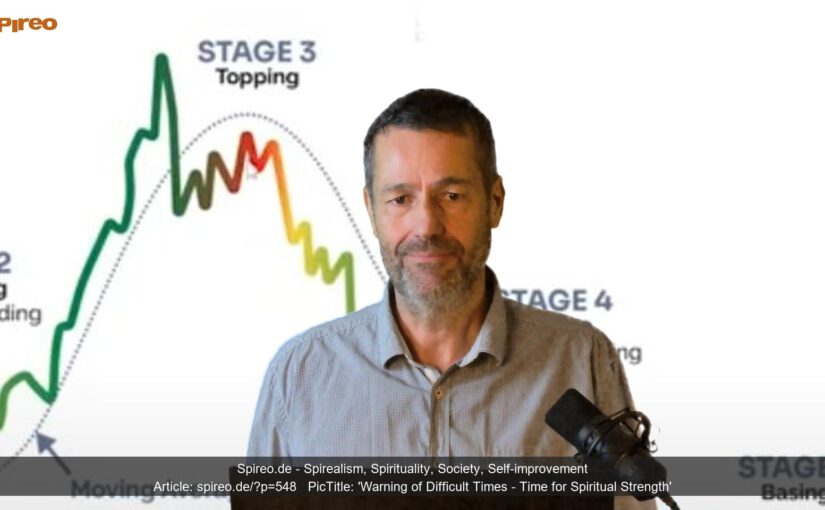Intelligence as a Universe of Interconnections
Intelligence can be understood as a universe composed of countless thought objects. Each thought object is like a star, and the connections between them form a network that enhances the ability to think laterally. Even a universe with few thought objects can be complete, highlighting the relativity of knowledge. This idea illustrates the range of intelligence—from factual knowledge and intuitive insights to spiritual truths.
An interesting example is the comparison between a Zen Buddhist with a Kensho experience and a scientist. While the former builds a rich mental world filled with symbols and myths, the latter might reject the concept of the relativity of knowledge. The diversity of intelligence reveals how differently people perceive and process reality.
The Seven Principles of the Information World
1. Information as limitation: Reality is defined by the limitations of information.
2. Projection: People project their inner contents onto others.
3. Gravitation of thoughts: Thoughts form patterns that influence the mind.
4. Universes as consciousness images: Every universe reflects an individual consciousness.
5. Relativity of knowledge: Knowledge is always relative to the observer.
6. Similarity to programming objects: People and thought structures are variable but share common foundations.
7. Enlightenment experiences: Events like a table of light or seeing people as reflections of one’s personality validate these principles.
These principles show that reality is not fixed but dynamic and subjective. They connect modern scientific insights with the wisdom of ancient Eastern religions.
The Connection Between Intelligence and Spirituality
A Kensho experience, where a table appears as light and people as reflections of one’s personality, highlights the connection between intelligence and spirituality. The projection of one’s inner contents onto others is a fundamental psychological trait and mirrors concepts in modern informatics. Like programming objects, which are reusable building blocks of software, people have shared traits that vary in detail.
Fractals, existing both in reality and as computer models, provide another example of the universal structure of patterns. These structures apply to mental worlds, spiritual experiences, and scientific discoveries alike. The goosebump moment arises when ancient religions and modern approaches align in their description of fundamental truths.

